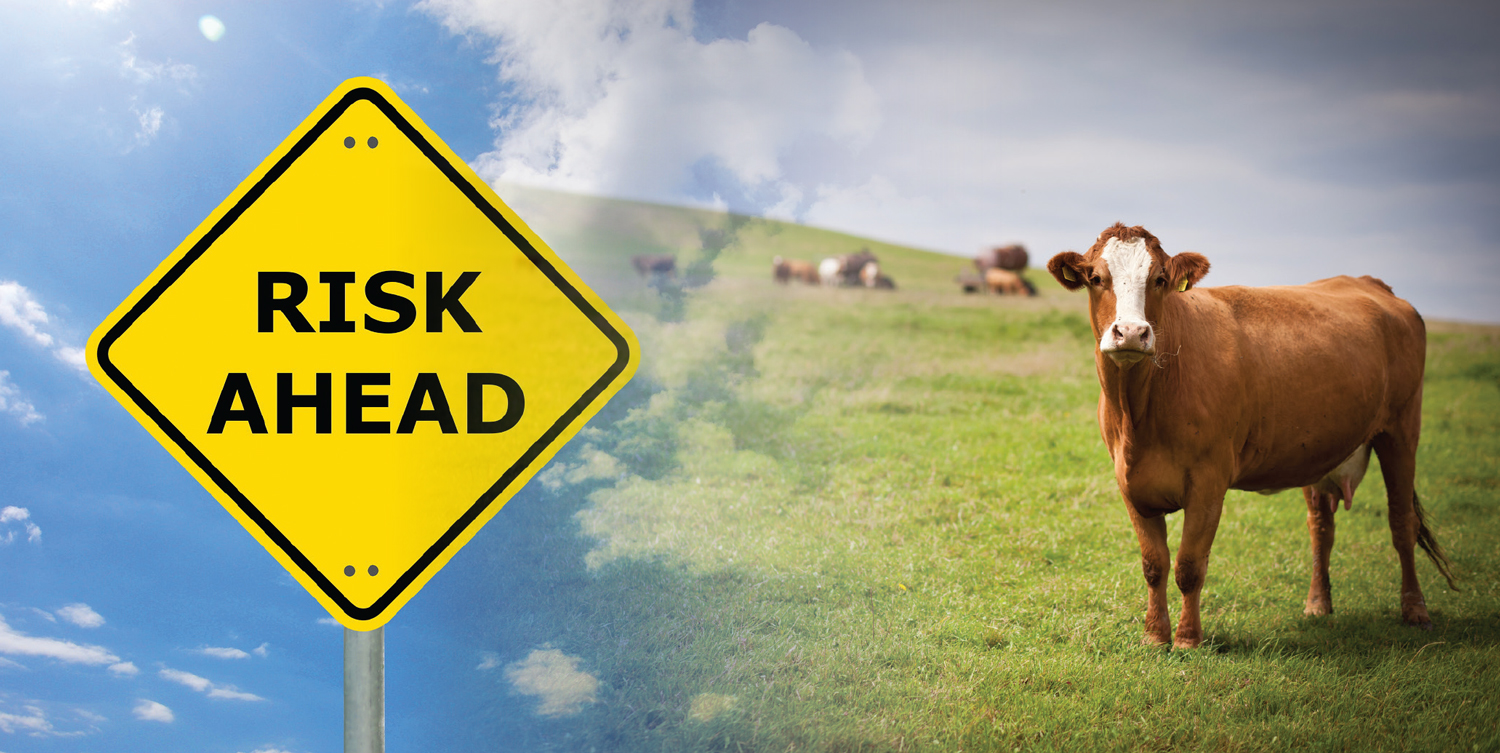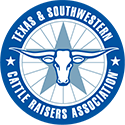Five Steps to Prepare for Risk in Your Ranch Business

Nicole Lane Erceg
How to be prepared if and when things go wrong.
Success is not guaranteed in any business and the cattle business is no exception. Cattlemen are subject to Mother Nature’s wrath, down markets and disease on a regular basis, and there’s often additional risk when compared to other industries. Multigenerational ranching operations can tell the stories of survival through drought, depressions and crashed markets. But how does one become a ranch that endures or, better yet, thrives when something unforeseen has the ability to put cattlemen out of business in the blink of an eye?
Bart Wulff, Texas rancher and seasoned trial attorney, has seen his fair share of business gone wrong. Representing clients across the oil, insurance and agricultural industries, his experience in liability litigation provides a unique perspective on how cattlemen can manage risk to maintain their businesses and avoid costly pitfalls.
While there is no magic formula, Wulff explains there is what he would call a “science” on how to approach risk management. A one-size-fits-all plan is nonexistent, but Wulff shares a few things every cattle rancher can do to put him or herself, and the business, in a better position to deal with threats.
“On a cosmic level, all risks are the same,” says Wulff. “However, how you deal with them is drastically different depending on the scale of your business.”
#1 Analyze your individual risk
What works for a neighbor may not fit your operation, he shares. Each business is unique, with its own distinctive threats and solutions for reducing the probability of a negative event. Risk can vary based on location, organizational structure and resources available. The only thing that is consistent is that every business faces threats.
“Your first priority is to make sure that the enterprise remains viable,” says Wulff. “You don’t want to lose control of the land or run out of money.”
To accomplish this, Wulff says the starting point begins with a good insurance agent. He recommends sitting down with an agent to do a risk assessment. This allows ranchers to take a look at what they have and how they want to make sure they mitigate risk for those things that are most important to their specific business.
#2 Get the right insurance — only for what you need
“Everything is variable depending on who you are, what you’re doing and what resources you have available,” Wulff says. “The real baseline is, you’ve got to start looking at what you have that you want to protect and analyze that on a very individualized basis.
A customized approach will help set a business up for better success, which is why he advises consulting an independent insurance agent to aid in the insurance process.
To accomplish this, Wulff says the starting point is to sit down, make a list of potential risks your planned activities would expose you to, and think about the best way to handle each one. If the risk has more potential downside than upside, the best way to deal with it may be just to decide not to run it. If there is a greater potential benefit, then there are a lot of ways to handle the risk: buy insurance to protect you from it (auto insurance); get a written agreement to shift it to the person you are doing business with (hunting lease, release); persuade your legislator to pass a law protecting you (Agritourism bill, criminalize failure to pay for cattle purchased); structure the way you perform the activity to minimize risk (require safe work methods), etc. The key is to decide how you are going to handle the risk before you take it.
#3 Consult the professionals
It takes more than just insurance to provide true protection. Making smart decisions about business opportunities and having the right people to offer guidance on making those decisions is also a vital component to managing risk.
Wulff says that subject matter experts can help fulfill individual needs. After insurance, he says, the next logical step may be meeting with an attorney to discuss grazing or hunting leases, calling the local extension agent for animal health advice or researching if you need to invest in creating a fireguard. Individual risk requires personalized attention. Whether it’s creating a vaccination program, entering a lease or determining an emergency plan to provide food and water to livestock in a natural disaster, it helps to have professionals providing customized help.
#4 Look for risk in the details
Risk might be hiding where a cattleman least expects it, says Wulff. He shares an example of a hunter requesting access to a cattleman’s property for the day. The hunter offers $200 for the day, the cash is exchanged, and permission is immediately granted. Without a signed agreement, if the hunter falls and gets hurt he could sue the landowner for not warning him about the ‘dangers’ of the property that he paid to access. What seemed like an easy $200 profit could quickly turn into a liability lawsuit without the proper measures in place. A significant risk was disguised as a profitable opportunity.
The key is to sit down and analyze what dollars are available and the best ways to spend them. After that, Wulff says to examine opportunities for change and if the opportunity will bring in enough dollars to cover costs that could be incurred by bringing in those dollars.
In this example, it doesn’t mean hunting leases aren’t a profitable choice for the landowner. With the right systems, paperwork and subject matter expert, like an attorney, to help guide the process, it might be worth carrying the risk. However, without managing the liability risk of that opportunity properly, Wulff says a small decision could open an operation up to potential disaster. In the end, nothing may ever go wrong, but he says it’s easy for threats to sneak in and put businesses in a precarious state, which is why it’s important to examine opportunities for the dangers that might accompany them.
#5 Don’t procrastinate risk management
The process of examining risk in the details of a business can be overwhelming, which is why it’s often overlooked.
“Ultimately, it goes back to being something you have to do for yourself because it’s your life, your operation, your business,” says Wulff. “It’s a very personal process that, if left on the back burner, can increase the probability that something will happen that keeps you from accomplishing your goals.”
The biggest mistake Wulff sees people make is not thinking through the potential risks or simply relying on insurance alone to manage the risk.
“The more you think it through before you start to spend money, the better use you will make of your money, and the better prepared you are to deal with threats to your business.”
“Prepare for Risk” is excerpted from the March 2018 issue of The Cattleman magazine.
